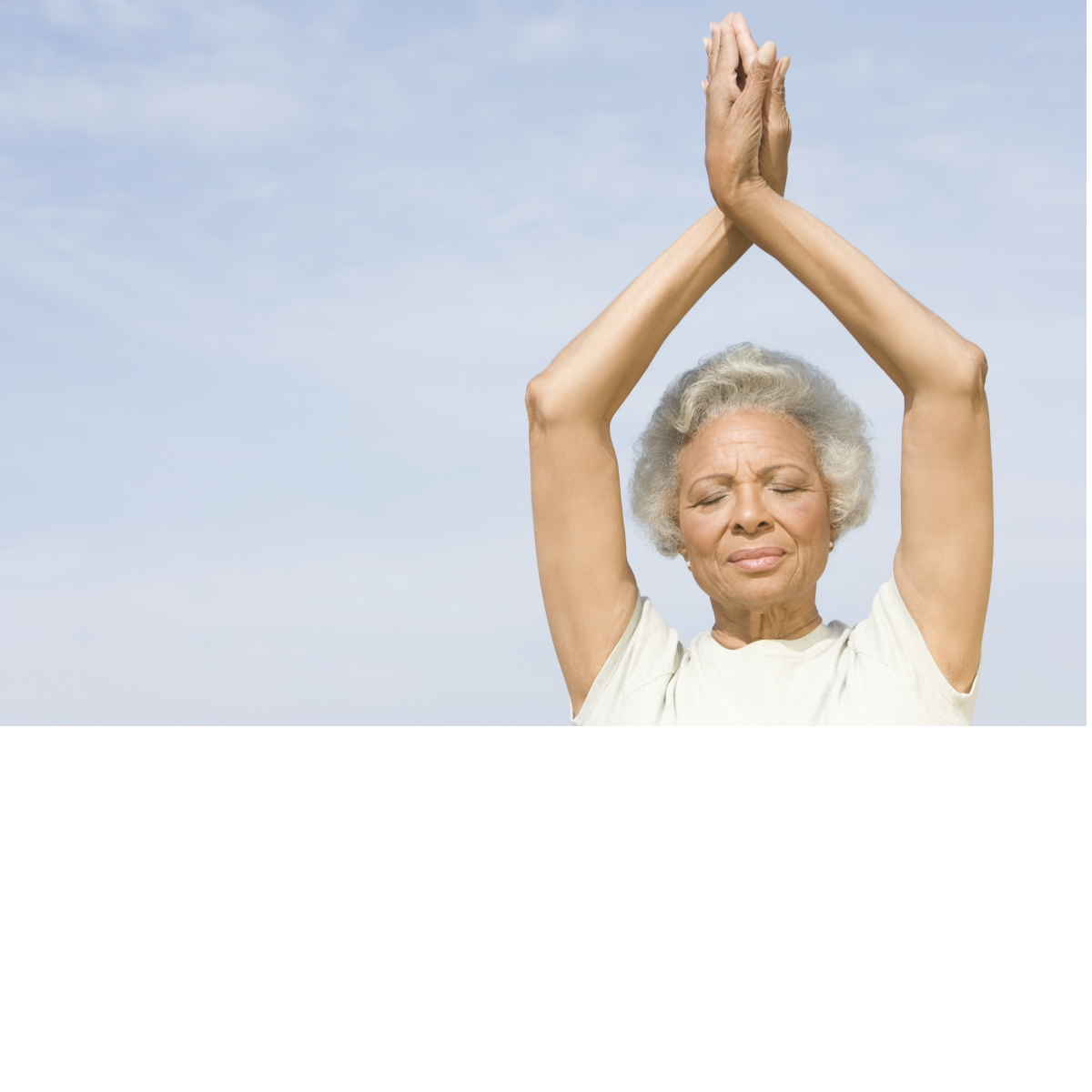Cognitive decline is on the rise, and we predict it will be the next major health pandemic in older adults within the next 10 years. In fact, the CDC is projecting a doubling in Alzheimer’s disease in the next 30 years. Crossword puzzles or reading a book isn’t enough to prevent cognitive decline. You need specific brain training or cognitive agility drills, this is best accomplished with dual-tasking drills.
Dual-Tasking Drill: Double ball bounce
Want a brain training/cognitive agility drill that will help improve your balance, reaction time, fine motor skills and coordination that’s also fun???
Look no further.
This is a great example of dual-tasking, or brain training we do with our older adult and master athlete clients alike. In this cognitive agility drill, we’ve selected to use balance as the physical task, that’s part one. Then we added ball bouncing, which will challenge one’s ability to focus on several things at once. We also get the benefit of also working on coordination and fine motor control of the hands.
We’ve already talked about how brain training or cognitive agility can help slow the progression of cognitive diseases like Alzheimer’s and dementia.
This is our senior fitness program client, Pat, and she has progressed amazingly! This is a really hard drill even though she makes it look easy.
Brain Training Coaching tips:
- Being in a staggered/tightrope stance is very challenging on the balance, add in the movements of the arms and it becomes a dynamic effort to produce and absorb forces to maintain the desired position. This is a challenging but doable position for Pat. You want to select a balance stance that will challenge you, but still be doable. We usually find that if you find a balance stance that is hard, regress it just a little bit for the brain training drill and you’ll be just right.
- Adding 2 balls is very challenging on her reaction time as well as her hand-eye coordination. Instead of just focusing on one ball, you must focus on 2 balls, and maintaining the position. We usually start off with just 1 ball.
- Notice how she’s catching the ball in a palm down position. This is on purpose because it really works the fine motor skills on when, where, and how hard to grip/grasp her fingers around the ball. Our fine motor skills/muscles usually get overlooked when training, but that is a big mistake. All of these elements come together in what we call cognitive agility.
The sky is the limit in how we make this easier or harder.

